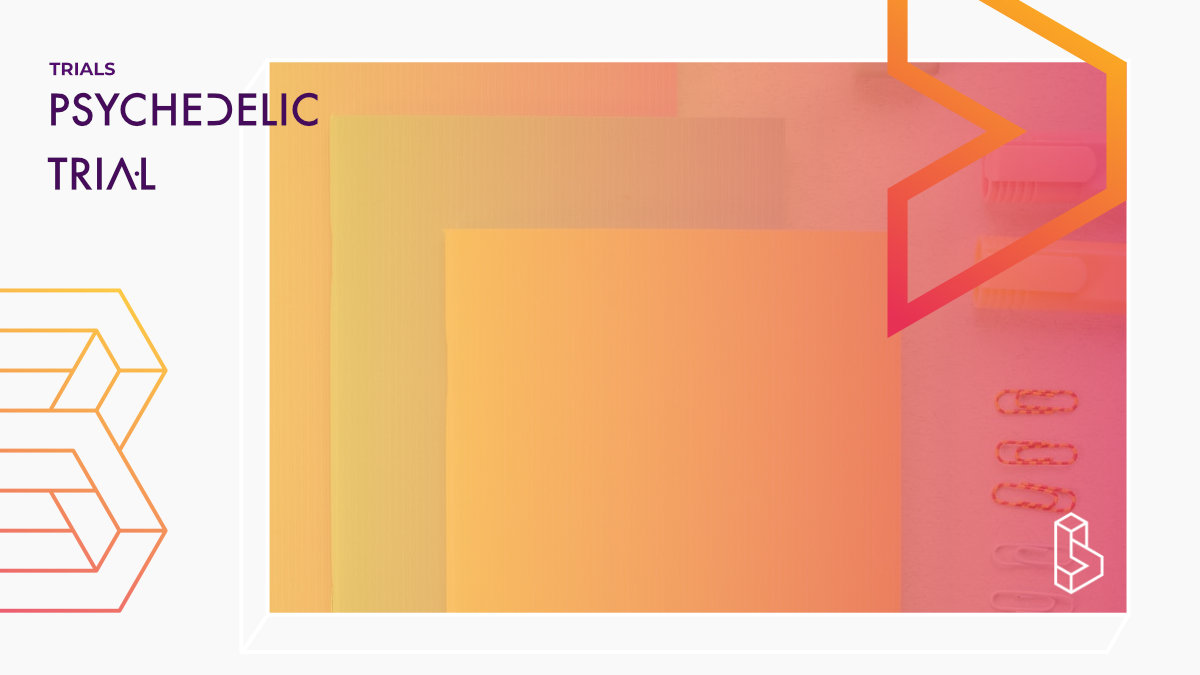Aim of the present study is to investigate the neuronal correlates of self and of personal meaning as well as the role of the serotonin (5-HT) 2A receptor system in these processes using functional magnetic resonance imaging (fMRI) and psychometric and cognitive measures.
Topic Healthy Subjects
Compound LSD
Country Switzerland
Visit trial
Trial Details
Trial Number
Sponsors & Collaborators
University of ZurichWithin the Department of Psychiatry, Psychotherapy and Psychosomatics at the University of Zurich, Dr Mialn Scheidegger is leading team conducting psychedelic research and therapy development.
Papers
LSD-induced increases in social adaptation to opinions similar to one's own are associated with stimulation of serotonin receptorsLSD (100μg) increased social adaptation in a double-blind, randomized, counterbalanced, cross-over study, but only when opinions were similar to one's own.
Effective connectivity changes in LSD-induced altered states of consciousness in humans
This double-blind study (n=25) confirmed the hypothesis that LSD (100μg) acutely alters effective connectivity within CSTC pathways implicated in the gating of sensor and sensorimotor information to the cortex.
Comparing neural correlates of consciousness: from psychedelics to hypnosis and meditation
This comparative neuroimaging study (n=107) compares the neural correlates of two pharmacological methods, psilocybin (n=23) and LSD (n=25), and two non-pharmacological methods, hypnosis (n=30) and meditation (n=29), in inducing altered states of consciousness (ASC). The results reveal distinct connectivity patterns associated with pharmacological and non-pharmacological interventions, predictability at an individual level, and unique behavioural-neural relationships between psilocybin and LSD, all contributing to a broader understanding of the mechanisms of ASC and their potential therapeutic applications in psychiatric disorders.
Changes in global and thalamic brain connectivity in LSD-induced altered states of consciousness are attributable to the 5-HT2A receptor
This double-blind, randomized, counterbalanced, cross-over study (n=24) investigated the effects of LSD (100 μg) on global brain connectivity during resting-state and observed the synchronization of sensory and somatomotor functional networks and the dis-integration of associative networks.
Effective Connectivity of LSD-induced Ego Dissolution
This preprint (2022) used fMRI to assess whether anticorrelated activity between the default mode network (DMN) and the salience network (SN), which recruits the dorsal attention network (DAN), underlies the peak effects of LSD (n=25). It was found that LSD (100µg) decreased inhibitory effective connectivity from the SN to DMN as well as decreasing inhibitory effective connectivity from DMN to DAN when compared to placebo. These findings suggest anticorrelation between resting networks may be a key neural mechanism of LSD peak experiences.
Effective connectivity of functionally anticorrelated networks under LSD
This double-blind placebo-controlled study (n=25) assessed whether a change in anticorrelated networks (default mode network (DMN)/salience network (SN)) underlies the peak effects of LSD (100μg) using fMRI. Inhibitory effective connectivity from the SN to DMN became excitatory, and inhibitory effective connectivity from DMN to DAN decreased under the peak effect of LSD suggesting that diminution of the functional anticorrelation between resting state networks that may be a key neural mechanism of LSD and underlie ego dissolution.

